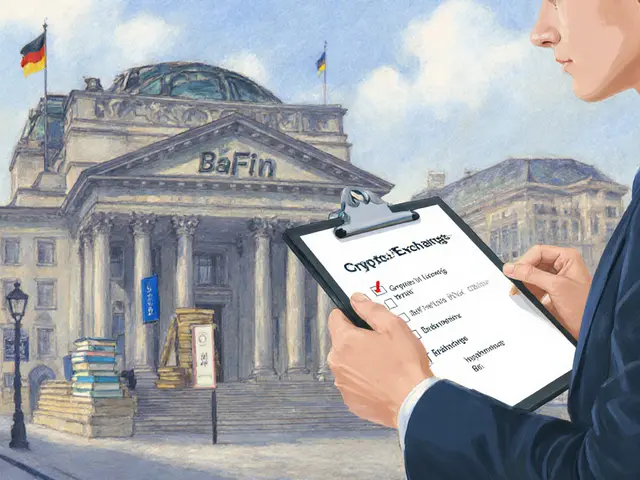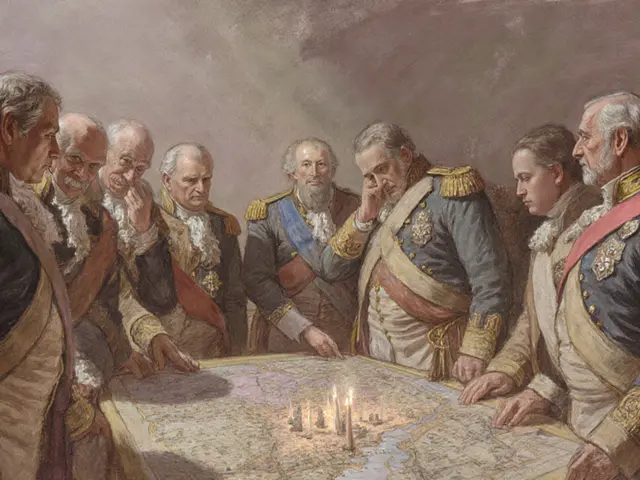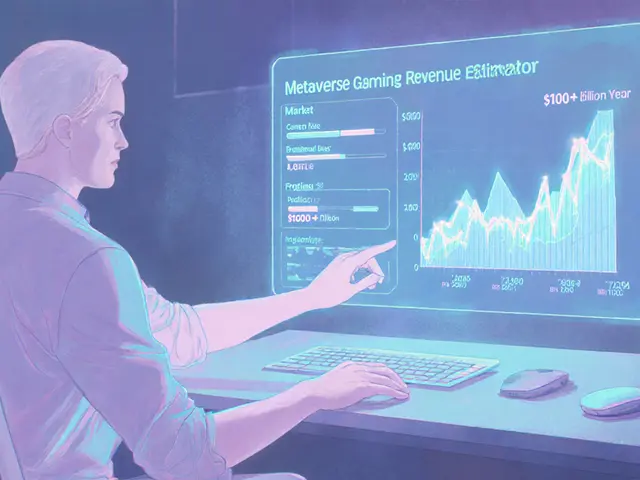Blockchain Gaming: The New Play‑to‑Earn Frontier
When diving into Blockchain Gaming, a blend of video games and decentralized ledger technology that lets players own, trade, and earn real value from in‑game assets. Also known as crypto gaming, it reshapes how we think about entertainment and finance.
One of the core pillars of this ecosystem is the Play‑to‑Earn, a model where gamers earn native tokens by completing quests, winning battles, or contributing to the network. These tokens aren’t just points; they’re tradable crypto assets that can be swapped on decentralized exchanges, platforms that match buyers and sellers without a central authority. The rise of Play‑to‑Earn has turned many casual gamers into micro‑entrepreneurs, fueling a global community that spans from hobbyists to professional e‑sport athletes.
Why Airdrops and NFTs Matter
Another engine driving participation is the airdrop, a free distribution of tokens to eligible users, often used to reward early adopters or encourage specific in‑game actions. Airdrops create instant liquidity for new tokens and help bootstrap network effects, making it easier for players to jump in without a large upfront purchase. They also serve as a marketing hook—players share their claim experiences on social media, drawing more eyes to the game.
Coupled with airdrops, NFTs, non‑fungible tokens that certify unique ownership of digital items like skins, characters, or virtual land, give gamers true control over their assets. Unlike traditional game items that disappear when the server shuts down, NFTs persist on the blockchain, allowing owners to sell, trade, or use them across multiple games. This interoperability fuels a secondary market where rare items can fetch significant real‑world value.
Both airdrops and NFTs are essential because they turn gameplay into an economic activity. When a player receives a token airdrop for completing a raid, that token can be staked for passive income or exchanged for other crypto assets, bridging the gap between gaming and decentralized finance. Meanwhile, NFTs provide a provenance record, ensuring that ownership histories are transparent and tamper‑proof—a key factor for collectors and investors.
Understanding these mechanics helps you see why blockchain gaming is more than a fad. It’s a convergence of cryptocurrency, community incentives, and digital ownership that reshapes how value is created and shared in virtual worlds. Below you’ll find deep dives into specific projects, tokenomics breakdowns, airdrop claim guides, and NFT strategies—all curated to give you the tools you need to navigate this fast‑moving space.
Ready to explore the titles that break down each element? Scroll down to discover detailed guides on tokens like Gooeys (GOO), platform reviews such as MintMe, and step‑by‑step airdrop tutorials for PLAYA3ULL, CBSN, and Battle Hero. Whether you’re hunting the next big airdrop or looking to understand how NFTs power in‑game economies, the collection below has you covered.
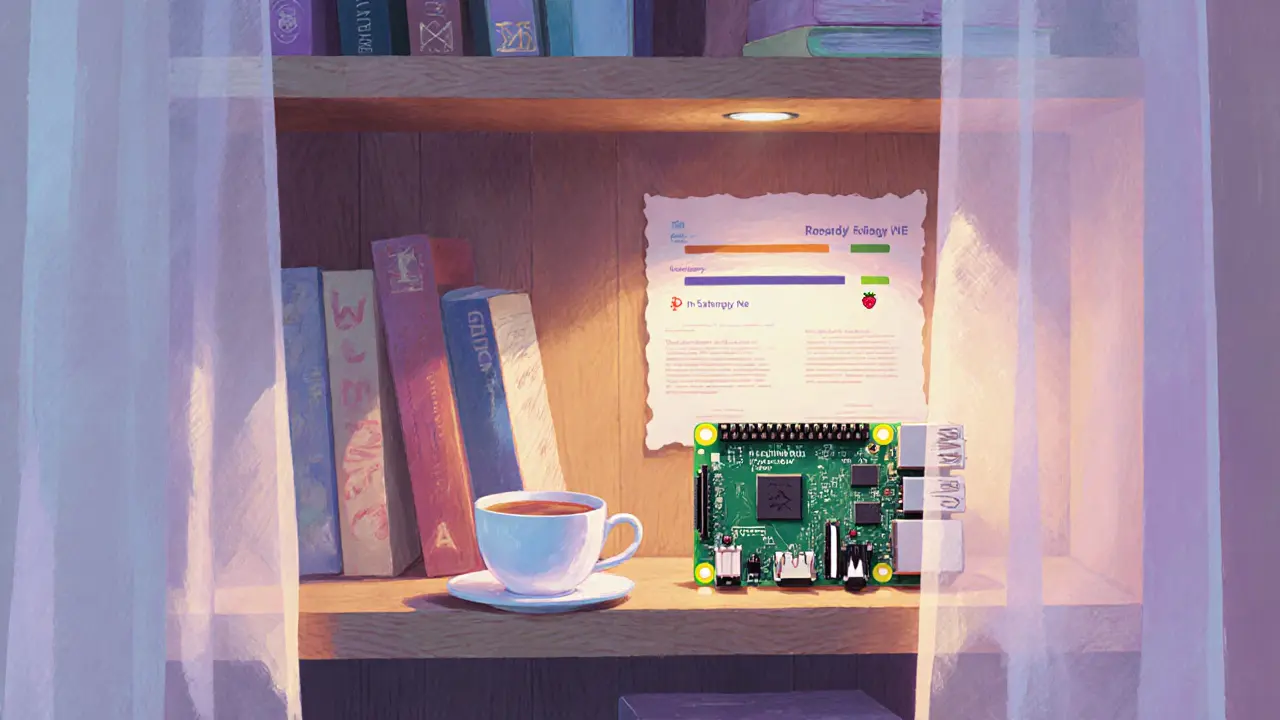
Running a blockchain node keeps the network secure, censorship-resistant, and truly decentralized. It's not just for tech experts-anyone can help maintain the system by running a node and verifying transactions independently.
Jonathan Jennings Nov 14, 2025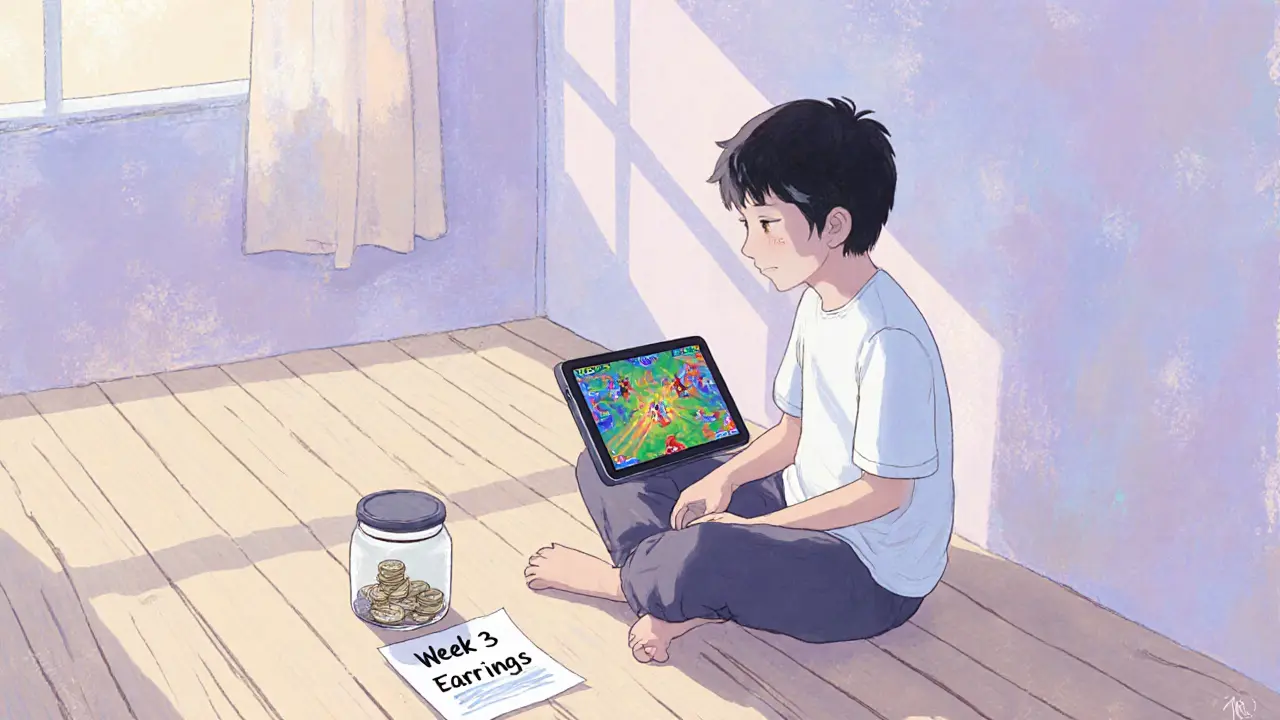
Play-to-earn gaming lets players earn real cryptocurrency by playing blockchain-based games. Learn how the economy works, who's making money, and how to start safely in 2025.
Jonathan Jennings Nov 8, 2025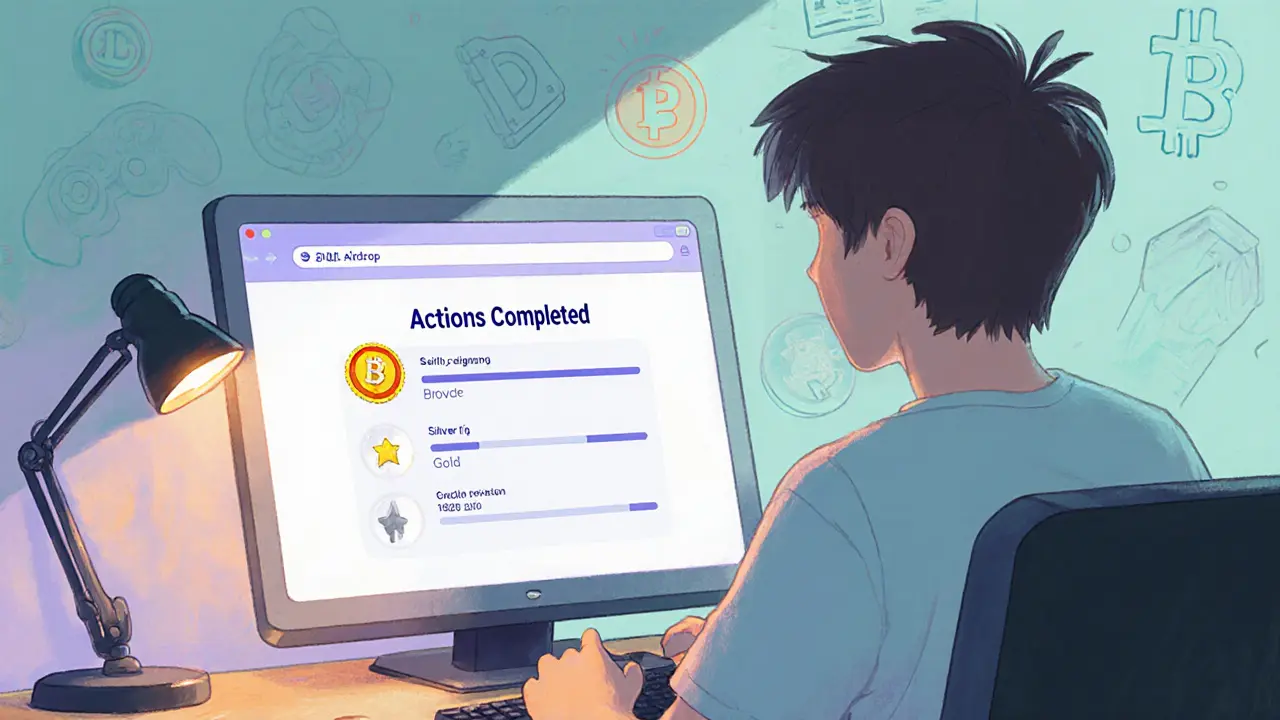
A detailed guide on the PLAYA3ULL (3ULL) airdrop, covering how it worked, reward breakdown, claim steps, tech behind the token, and community support.
Jonathan Jennings Sep 3, 2025
Detailed guide on the Battle Hero (BATH) chest NFT airdrop, covering eligibility, claim steps, referral bonuses, reward types, and tips to maximize value.
Jonathan Jennings May 23, 2025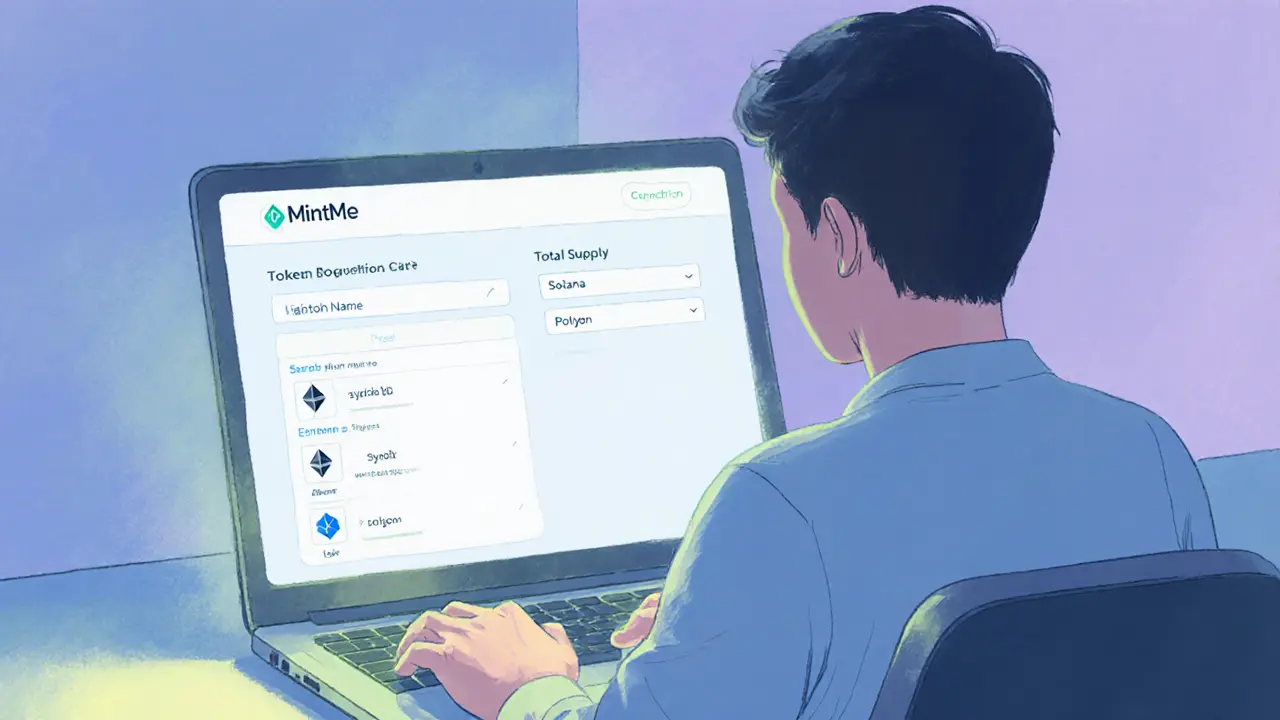
An in‑depth review of MintMe crypto exchange covering token creation, multi‑chain support, social features, fees, security, and how it compares to major exchanges.
Jonathan Jennings Apr 2, 2025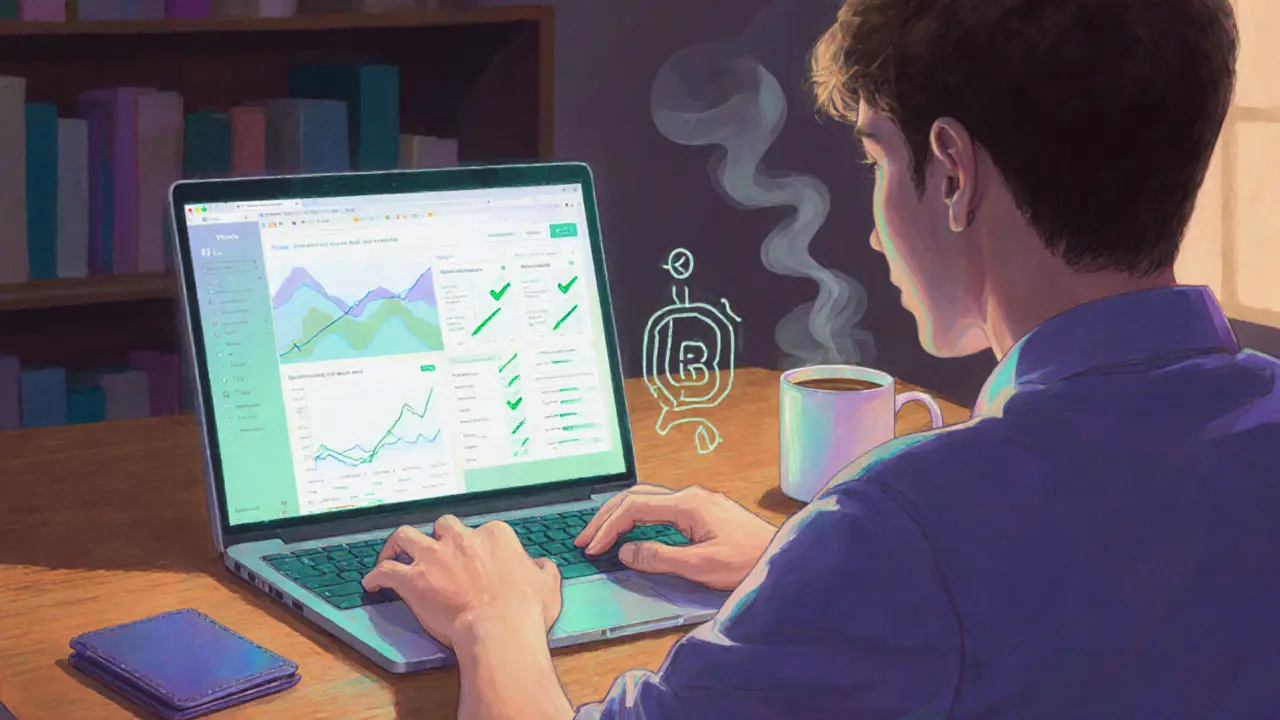
A detailed guide to the CBSN airdrop for the CMC StakeHouse Game, covering eligibility, claim steps, tokenomics, safety tips, and FAQs.
Jonathan Jennings Mar 3, 2025
A detailed guide to Gooeys (GOO) crypto coin, covering its purpose, technical specs, market performance, where to buy, and how it compares to other Play‑to‑Earn tokens.
Jonathan Jennings Jan 10, 2025
